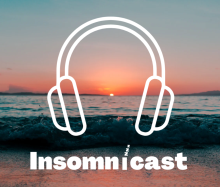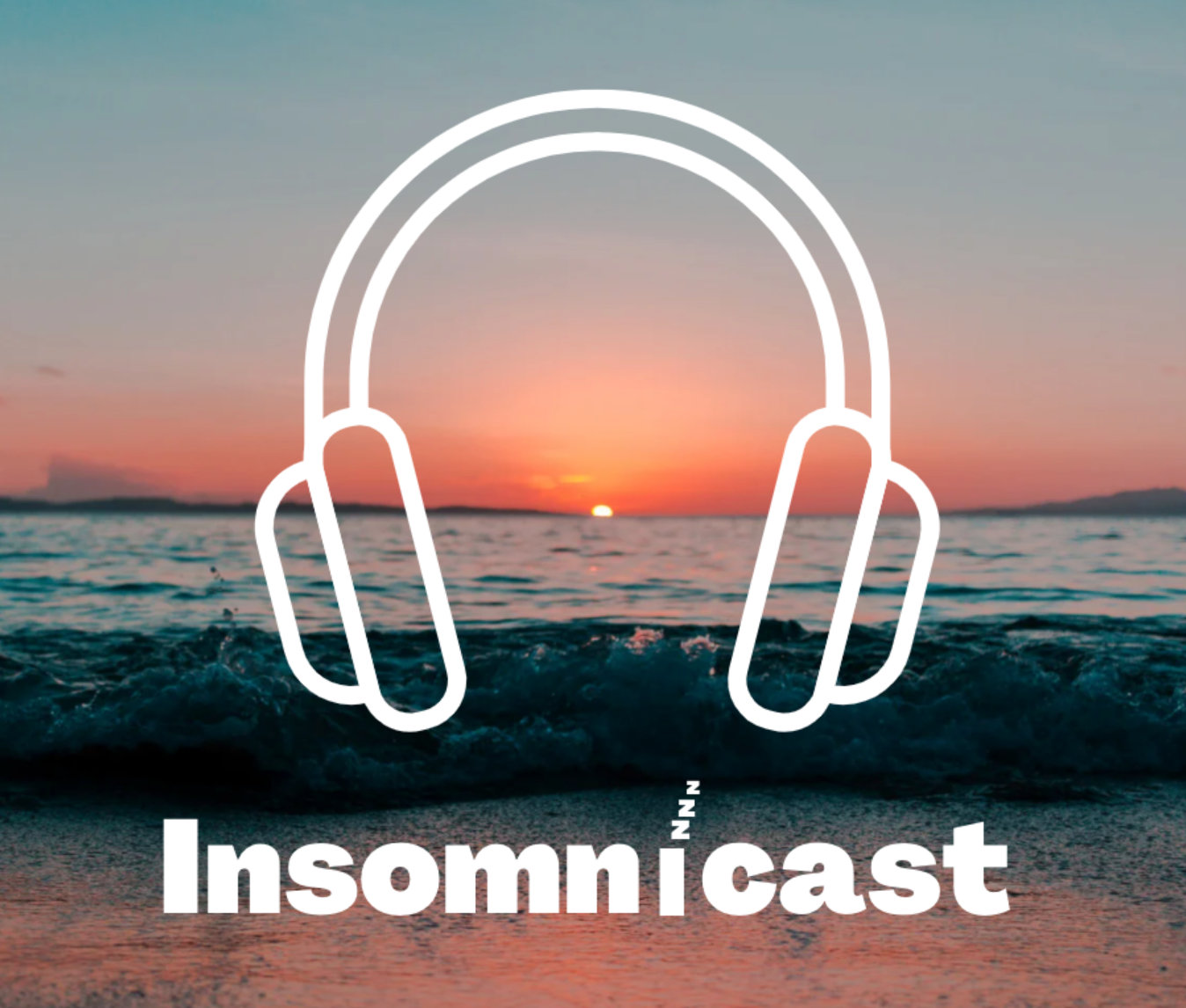
By Craig Butz
I’m in my 15th year of teaching classes at Bay that are structured around project-based learning and focus on community connection. For the past three years, a big part of my job has been teaching Senior Signature Projects, or SSPs.
In their last year at Bay, our students get to pursue a personal interest in depth over both semesters. As 9th, 10th, and 11th graders, they develop a variety of skills—including project scaffolding and time management—in numerous projects throughout their coursework. In SSPs, they combine and build on these skills to make something that adds value to the world, something they often feel more proud of than anything they’ve worked on before. My current students are building consumer electronic devices, writing cookbooks, drafting screenplays, and developing smartphone apps. Along the way, they are learning about local history and culture, food waste, mental health, the intersection of science and religion, and so much more. Teaching this course, I get to see young people flourish and support them through the setbacks inherent in trying to accomplish something more ambitious than they’ve ever done before.
It’s now not uncommon for high schools to end senior year with some sort of capstone project, often a “big paper” or an independent study. At Bay, though, SSPs aren’t a final assignment tacked on at the end of the curriculum or an optional extra. Every student is challenged to develop a project starting on the first day of classes in the fall and culminating with a community exhibition and individual presentations of learning in the spring.
While the Senior Signature Projects class provides flexible work time during the school day, it is one of the five classes seniors take both semesters, designed to provide structure, guidance, and accountability, so students end the year with a deliverable that they feel truly proud of. The class is taught by a team of four teachers who offer instruction and individual advice on idea generation, networking, project and task management, budgeting, and feedback cycles.
One of the things I like best about this curriculum is the thoughtful combination of long-term high expectations and short-term low stakes. The sequence of mini projects that build into the final deliverable encourages "failing fast and often.” The year begins with a three-week “play project” in which there is no expectation that what they are playing with will be the project they end up doing (though it can be.) From there, students move into “taking a risk” that pushes them out of their comfort zone to try something that they might productively fail at and learn from. The results of those risks along with informational interviews with experts in the field lead students to prototype their ideas, connect with their intended audience, get feedback, and “make it better” through multiple iterations. As their projects progress, we ask them to "level up" to produce a finished product that they are confident putting out into the world to make a positive impact.
SSPs are real project-based learning. These projects aren’t a tacked-on “fun” demonstration of what they’ve already learned. Not every student learns the same thing. Students learn what they need to in service of accomplishing their goals, and they learn so much more than even I, as their teacher, ever anticipate.












.jpeg&command_2=resize&height_2=85)





